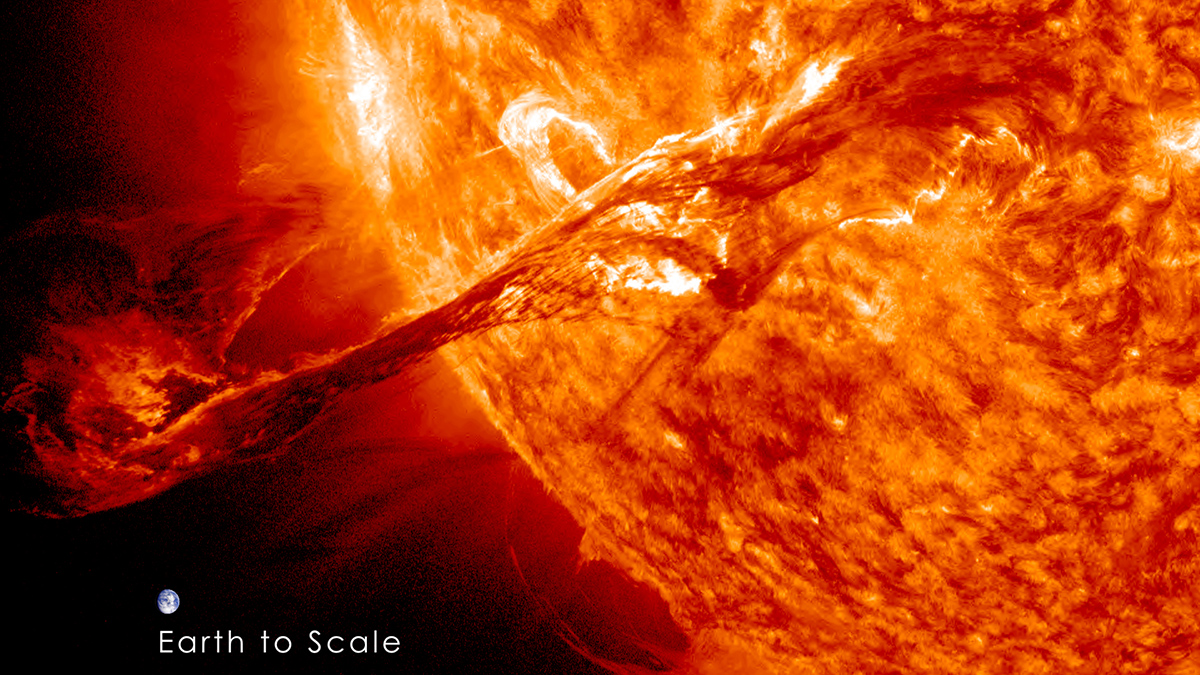A massive disturbance in the solar wind caused Earth’s magnetosphere to fly without its usual tail.
Nathaniel Scharping
More Than Half of Contiguous U.S. River Water Comes from Ephemeral Streams
The finding has potential implications for water regulations, which don’t currently cover these seasonal streams.
Imaging Below the Surface Reveals One of Los Angeles’s Webs of Faults
Damage zones extend to either side of many faults and can affect how future earthquakes behave.
Aliyah Griffith: Ocean Scientist, Explorer, Mermaid
A marine biologist is studying coral reefs and making ocean sciences more tenable for young explorers.
Four-Billion-Year-Old Zircons May Contain Our Earliest Evidence of Fresh Water
Australian crystals hint at fresh water, as well as land rising above Earth’s Hadean ocean.
Tracing Millions of Years of Geologic Stress in the Andean Plateau
Paleostress modeling shows how a region of the Andean Plateau was uplifted and formed beginning more than 20 million years ago.
Studying the Mystery of Uranus’s Curiously Weak Radiation Belts
The belts may not be weak at all—instead, they may be simply changing speed thanks to the planet’s asymmetric magnetic field.
Radioactive Isotopes Trace Hidden Arctic Currents
Tracing anthropogenic radionuclides shows researchers how water from the Atlantic flows into and mingles with Arctic currents.
Agricultural Lands Are Losing Topsoil—Here’s How Bad It Could Get
A new study says topsoil erosion is likely to increase under climate change, though policy changes now could help stem the loss.










